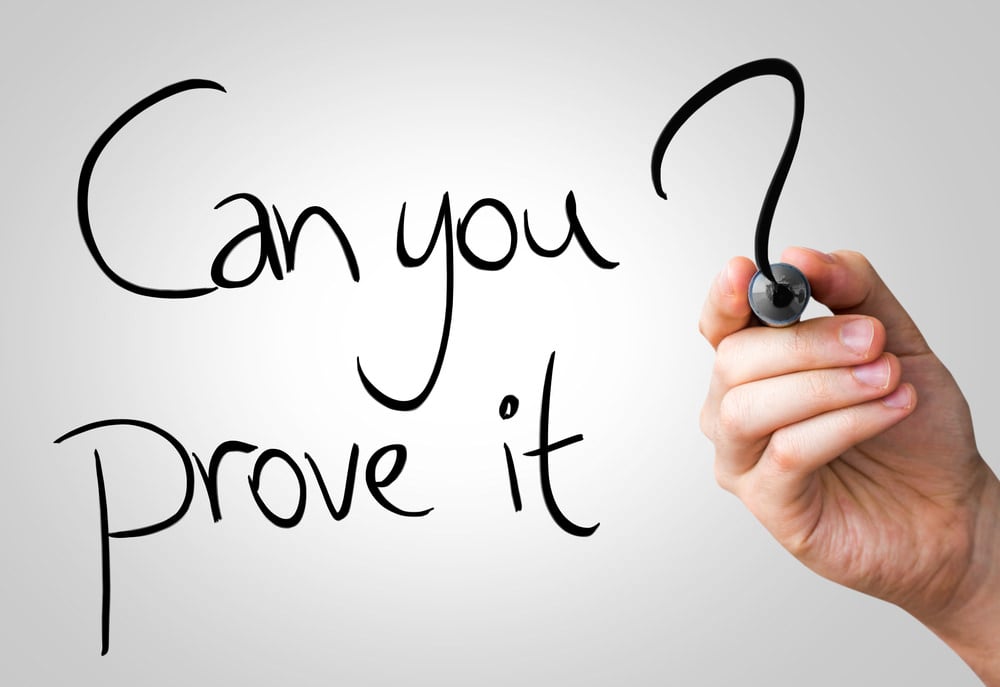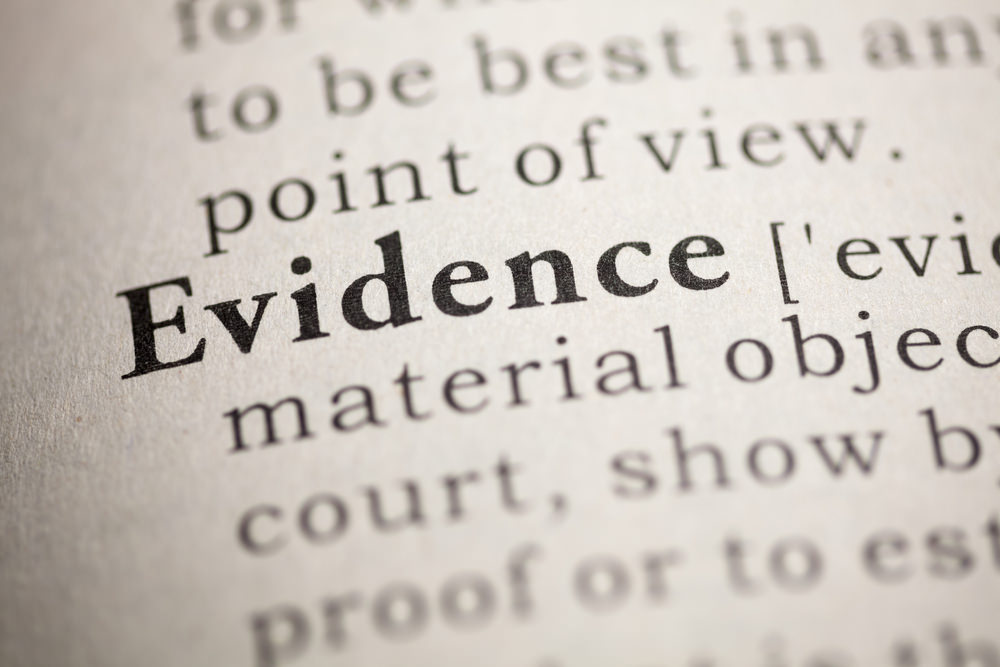Silk Road Trial Evidence Against Ross Ulbricht Revealed

 The New York City prosecutors’ evidence against Ross Ulbricht has been released in the build up to the January 2015 Silk Road Trial. Ulbricht stands accused of being Dread Pirate Roberts (DPR), the head of Silk Road, one of the first in a long line of underground Deep Web/Dark Net marketplaces that rely on technology and cryptography to function.
The New York City prosecutors’ evidence against Ross Ulbricht has been released in the build up to the January 2015 Silk Road Trial. Ulbricht stands accused of being Dread Pirate Roberts (DPR), the head of Silk Road, one of the first in a long line of underground Deep Web/Dark Net marketplaces that rely on technology and cryptography to function.
Though it has been over a year since the arrest of Ross Ulbricht at the beginning of October in 2013, the list of evidence that will be used by the Silk Road prosecutors in the January trial was obtained recently by the Daily Dot . Ross Ulbricht’s defense attorney Joshua Dratel filed a compilation of objections to the list of 250 evidence exhibits which was not sealed by the court until a week later.
The entirety of the evidence exhibits allow us to extrapolate the likely flow of the Ross Ulbricht’s Silk Road Trial. Listed with the “government exhibit list” are the defense’s objections. For the vast majority of the evidence being presented, Ulbricht’s defense is objecting that much of the evidence presented is hearsay, unable to be authenticated, will cause prejudice, or unrelated to the presented charges.
Also read: Good Bye Silk Road 2.0, Welcome Silk Road 3.0
Silk Road Trial Evidence
The government is choosing to go for a broad attack that will attempt to associate many historical Silk Road-related arrests to Ross Ulbricht. In addition, the government will also present evidence such as screenshots from Ulbricht’s computer which was seized at the time of his arrest at a public library, Ulbricht’s collection of fake IDs, as well as journal entries and financial spreadsheets.
Some particularly interesting pieces of evidence that were dug up on Ross Ulbricht’s personal computer include chat logs that could shed light on the convenient murder-for-hire charges that are not actually a part of this particular Silk Road trial. The investigation has shown that DPR’s preferred method of communication was TorChat , a messenger app that encrypts and disguises communications over the Tor network. Normally, outside observers would never be able to see the contents of these chats; however, since the encryption keys were also on the seized computer, the contents of the chatlogs are bare. Another evidence exhibit is Dread Pirate Roberts’ friend list on Pidgin (which the government calls Pidgeon).
The particular chats being presented as evidence will likely serve to link Ulbricht to the account “frosty,” where he allegedly briefly sought development help for Silk Road with an account registered under his real name. The FBI has long maintained that Ross Ulbricht was identified, and Silk Road brought down, due to these types of slip-ups, as opposed to a criminal and unconstitutional hack perpetrated by the investigators. No new information on the discovery of Silk Road’s servers will be presented.
The evidence also validates some current theories surrounding the take down of Silk Road 2.0. A Silk Road administrator known as cirrus is widely suspected of being the undercover agent that infiltrated Silk Road 2.0 before it was even brought online.
To see the Government Exhibit List and associated defense objections, check out the Daily Dot article .
Images from Shutterstock.